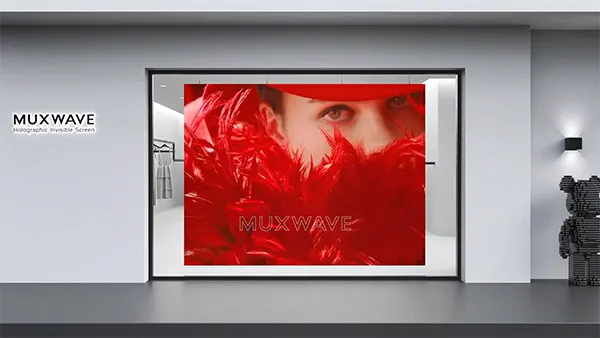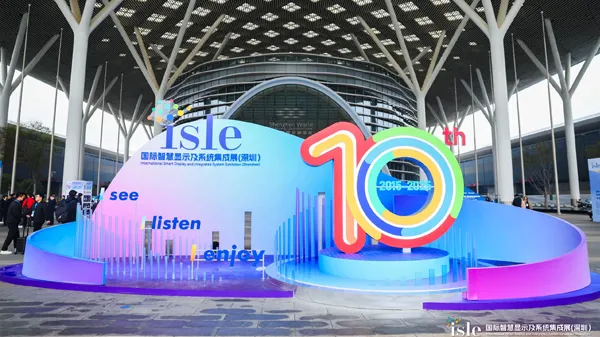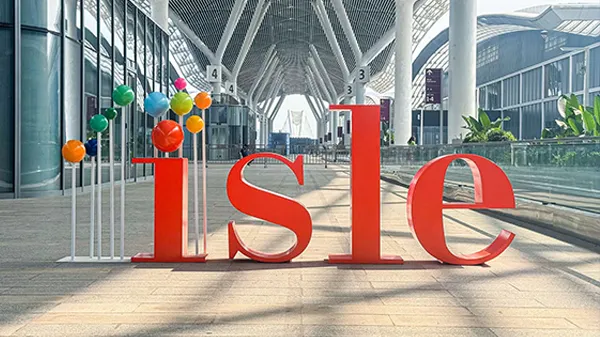Why the Right Manufacturer Matters
When it comes to transparent LED screen display technology, the choice of manufacturer isn’t just a purchasing decision — it’s a strategic investment that directly impacts performance, installation success, and long-term ROI. Transparent LED screens are used for retail facades, exhibitions, airports, museums, shopping malls, and corporate showrooms, where visual quality and operational stability are critical.
With the transparent LED display industry rapidly evolving, many companies are competing on cost rather than quality. That’s why understanding the key factors to evaluate manufacturers is essential for making informed, future-proof decisions.
A strong manufacturer ensures not only a high-performing product but also customization capabilities, stable supply, and reliable after-sales service. Let’s break down the crucial aspects you need to examine before signing that purchase order.
Product Quality and Core Technology
Transparency Rate and LED Chip Quality
The heart of any transparent LED screen is its transparency rate — usually ranging from 60% to 95%. A higher transparency rate creates a seamless glass-wall effect, maintaining building aesthetics while delivering vivid content.
Equally important is the LED chip itself. High-end manufacturers use chips from well-known suppliers, ensuring stable brightness, low failure rates, and excellent color consistency. Inferior chips can cause dead pixels, color deviation, or shorter lifespan.

Pixel Pitch and Display Resolution
Pixel pitch (e.g., P3.9, P5.2) determines how clear the images look. The smaller the pixel pitch, the sharper and more detailed the content — perfect for close-up viewing in retail stores and exhibitions.
A reputable transparent LED screen manufacturer will offer multiple pixel pitch options and guide you in selecting the best configuration for your installation environment.
Brightness and Visual Performance
For outdoor installations, brightness above 5000 nits is often required to maintain visibility under sunlight. Indoor displays may only need 2000–3000 nits. Top manufacturers integrate automatic brightness adjustment systems, optimizing power usage and visual comfort.
Stability and Lifespan
A well-built transparent LED display should last over 100,000 hours of operation. Look for manufacturers that use robust PCB boards, protective coatings, and advanced heat dissipation design, ensuring long-term stability even in challenging environments.
Innovation and Technology Leadership
Micro-LED and Flexible Transparent Screens
In 2025, micro-LED integration is becoming a defining feature of next-generation transparent displays. Micro-LED offers higher contrast, energy efficiency, and longer lifespan compared to traditional SMD technology.
Some leading manufacturers are also developing flexible transparent LED screens, which can bend or wrap around columns and curves, expanding creative display possibilities.
Seamless Glass Wall Integration
Top-tier manufacturers design modules that blend naturally with architectural glass walls. Slim, lightweight panels make installation easier, while minimal framing keeps the focus on the content rather than the hardware.
AI-Powered Content Control Systems
Smart control systems powered by artificial intelligence are becoming common. These allow dynamic scheduling, real-time content optimization, and automated error detection. Choosing a manufacturer with advanced software integration can save time and resources in the long run.
Customization Capabilities
Size and Shape Flexibility
Every project has its own unique requirements. A capable manufacturer can customize panel sizes, curved shapes, and non-standard configurations — whether it’s a retail storefront, a hotel lobby ceiling, or a museum installation.
Pixel Pitch and Transparency Customization
Depending on the viewing distance and lighting conditions, your display may need a specific pixel pitch-to-transparency balance. A good manufacturer will offer technical consultation and tailor the panel structure to achieve optimal visual effects.
Branding and Special Effects
Some projects require interactive features, AR integration, or creative effects such as holographic visuals. The best manufacturers offer OEM/ODM customization, enabling brands to stand out in a competitive market.
Production Capacity and Lead Time
Manufacturing Scale
Large-scale manufacturers usually have automated production lines and well-managed supply chains, ensuring consistent quality and fast delivery. This is especially crucial for large retail or airport projects where tight deadlines are common.
Lead Time and Order Fulfillment
Ask potential manufacturers about their average lead time, especially during peak seasons. A reliable supplier should provide clear delivery schedules and flexible production planning to accommodate project changes.
Quality Control During Production
Top transparent LED screen manufacturers implement strict quality inspection at every stage — from raw material testing to module assembly, aging tests, and final calibration. This helps minimize failure rates after installation.
Certifications and Global Standards
International Compliance
A trustworthy manufacturer will comply with international certifications such as CE, RoHS, FCC, UL, and ISO. These certifications are not just labels — they ensure the product meets safety, performance, and environmental standards.
Export Experience
If you’re buying internationally, it’s vital to choose a manufacturer with export experience and professional logistics support. This can help avoid shipping delays, customs issues, or documentation problems.
Industry Reputation and Client Portfolio
Check the manufacturer’s past projects, client list, and case studies. Working with well-known brands in retail, architecture, or events is a strong indicator of credibility and reliability.
After-Sales Service and Technical Support
Warranty Policy
Transparent LED screens are a long-term investment. Reputable manufacturers offer at least a 2–3 year warranty covering hardware and electronic components. Clear warranty terms show the company stands behind its product.
Installation Support
Some manufacturers provide on-site installation guidance, while others offer detailed manuals and remote support. Having professional assistance during installation can prevent costly mistakes.
Maintenance and Spare Parts
Transparent LED displays need periodic cleaning and maintenance. A good manufacturer will offer spare parts availability, maintenance training, and fast response to technical issues.



